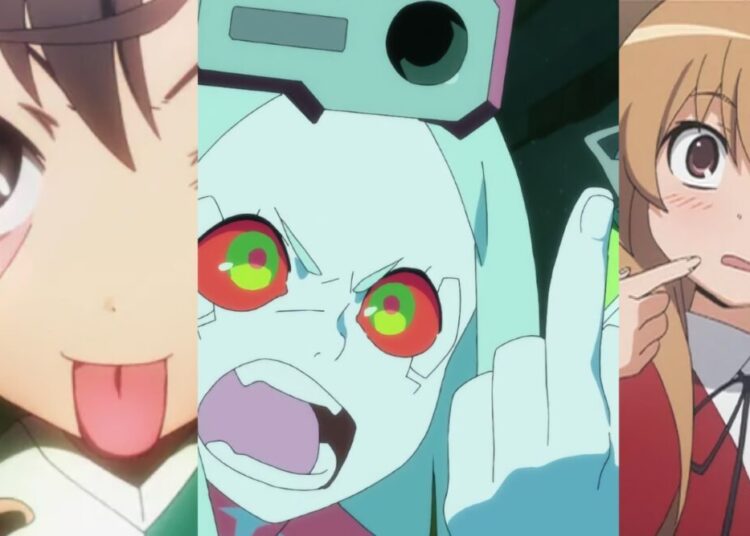(It looks like Wednesday’s update had some trouble going out to everyone. If you missed it, please go to the J-List main page and scroll down to read it.)
There are many differences between my house in Japan and our home in San Diego. My Japanese house includes a large genkan (a lowered area by the front door to take your shoes off), a tatami room (for receiving guests, although it’s usually cluttered with stuff), and a wide veranda (for hanging clothes out to dry, as Japanese don’t usually use clothes dryers). There’s no basement or attic, as these are difficult to build in Earthquake-prone Japan, and we lack central heating, too. Another big difference is the lighting in our house: while our San Diego home is lit with a variety of lamps and a few built-in spotlights here and there, almost every room in our Japanese house sports at least one oversized fluorescent light in the ceiling, which makes the room very bright. The Japanese are big fans of fluorescent lighting, due (I’ve heard) to the government promoting the use of low-energy lighting after an Earthquake in the 1970s caused gas and electrical fires. I prefer to have lots of light when I’m sitting in a room, and the Japanese have developed soft yellow fluorescent lights that are very pleasant.
It’s fun to learn Japanese onomatopoeia, which come up in anime quite a lot and are very colorful. If someone guesses the correct answer to a question, you can say pin-pon! which is a verbal represenatation of the “correct answer” bell on game shows (it sounds like the English word Ping Pong, but is totally unrelated). The opposite of “pin-pon!” is a low-pitched buuu! buzzer sound. Animal sounds also have onomatopoeia assigned to them, and they sound different to Japanese ears than they might to us: nya nya, wan wan and “kero kero” correspond to “meow meow,” “ruff ruff” and “ribbit ribbit.” Instead of saying “moo moo,” Japanese cows say moh moh, and one of the classic jokes in Japanese is to draw a cow saying something like moh yamete! (“please stop, already”), since the cow sound moh sounds like the word that means “already.” I’ve seen quite a few political posters making use of this famous Japanese pun.
Similar to onomatopoeia, which are based on our perception of actual sounds, are gitaigo, words which sort of assign a sound to describe a state or action. If you go to the doctor because you’ve got a headache, he might ask you if it hurts gan gan (a pounding pain), jiito (a constant, slow pain) or perhaps zukin zukin (a throbbing). If you’re very happy about something, you might use the word uki uki (OO-ki OO-ki) to describe yourself, but the feeling of frustration would be ira ira (EE-ra EE-ra). Japanese are very health conscious, and there are TV shows informing people what they should eat if they want their blood to be sara sara (smooth-flowing) instead of doro doro (thick and syrupy). These words often add information about how how an action is performed, for example, koso koso (sneaking around), kotsu kotsu (slowly, one step at a time) and giri giri (doing something in the nick of time). Don’t worry, these won’t be on the test.
J-List brings you our amazing Japanese T-shirts and hoodies, with cool messages printed in kanji. It’s really cooled off, which means it’s a great time for you to consider one of our high quality hoodies, soft cotton hooded sweatshirts that will provide plenty of warmth during the cooler months. By customer request, we’ve added a new hooded sweatshirt
to our lineup: sake-bito (“alcohol-person”), a parody of the famous Okinawan shima-bito (“island-person”) shirt which could be translated as “I love alcohol” — great for anyone who likes to throw one back now and again. Our hoodies are soft, warm and very well made.















